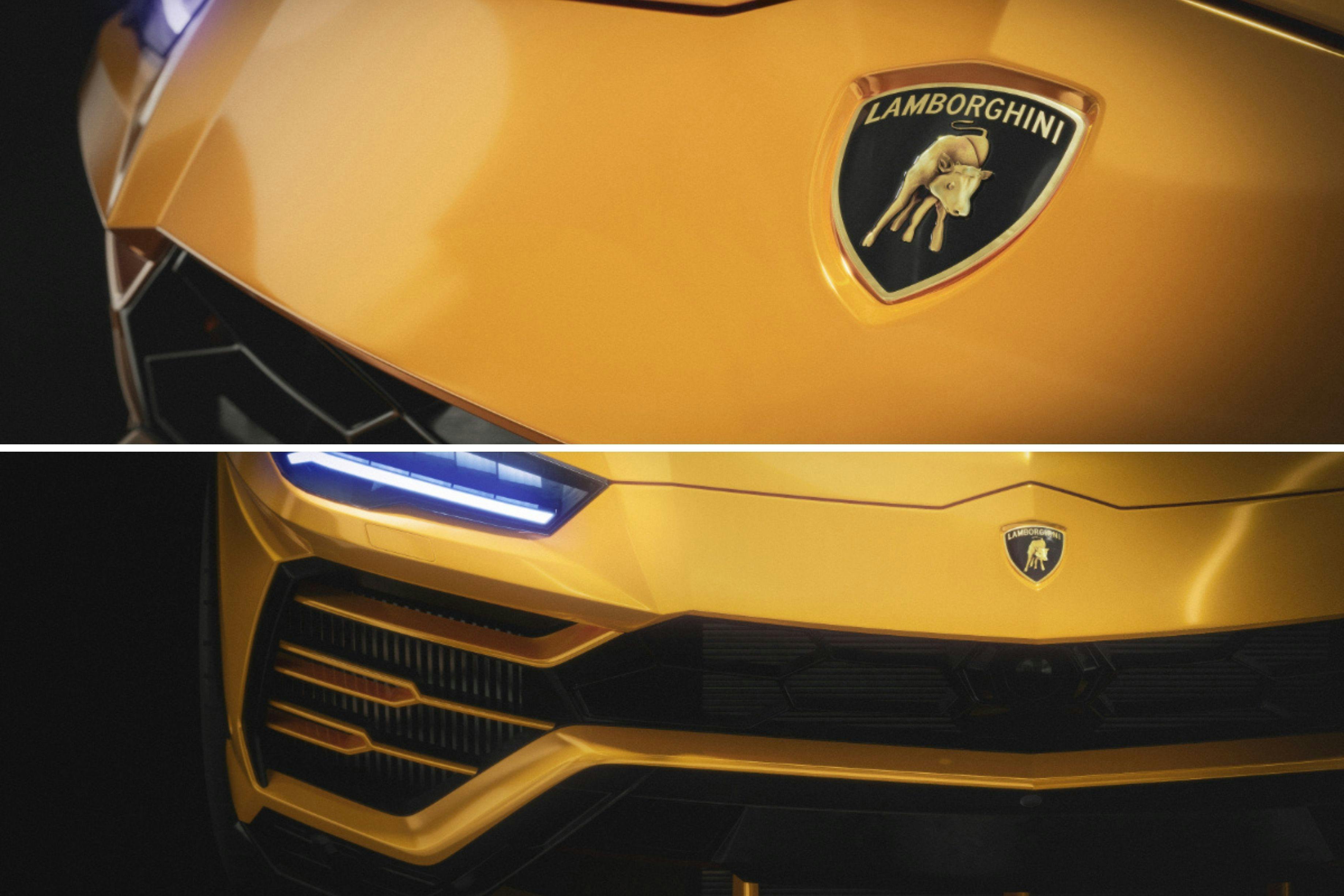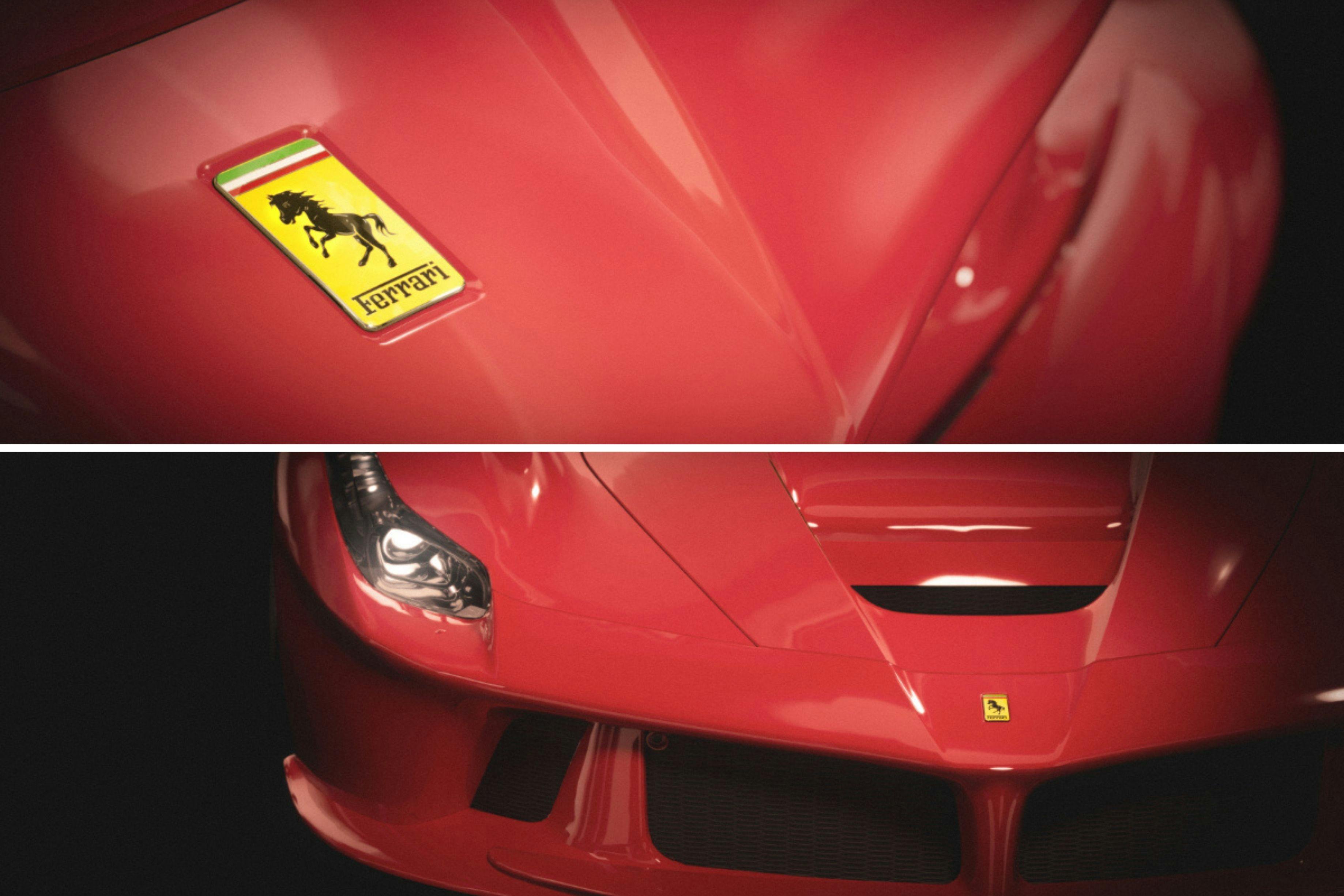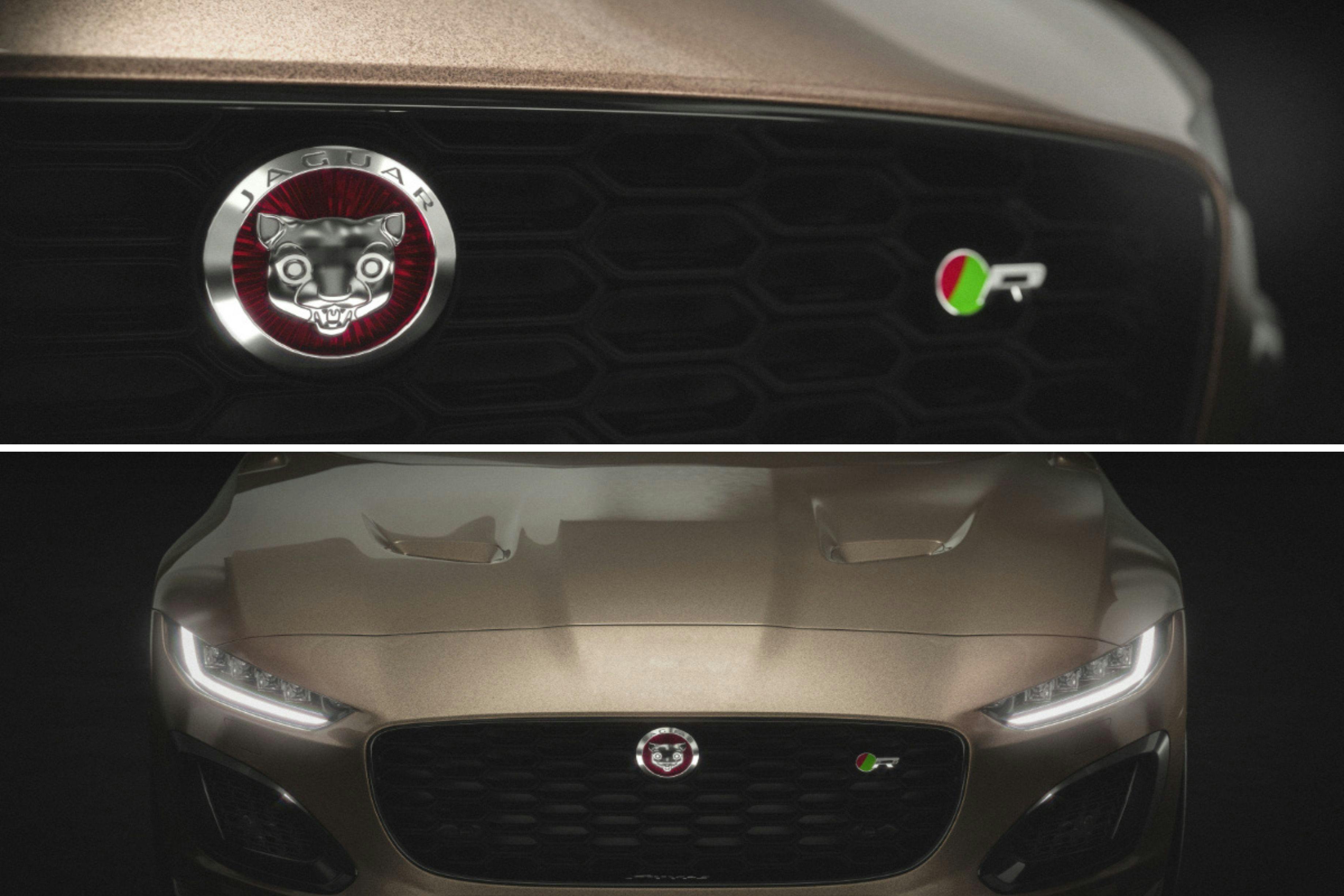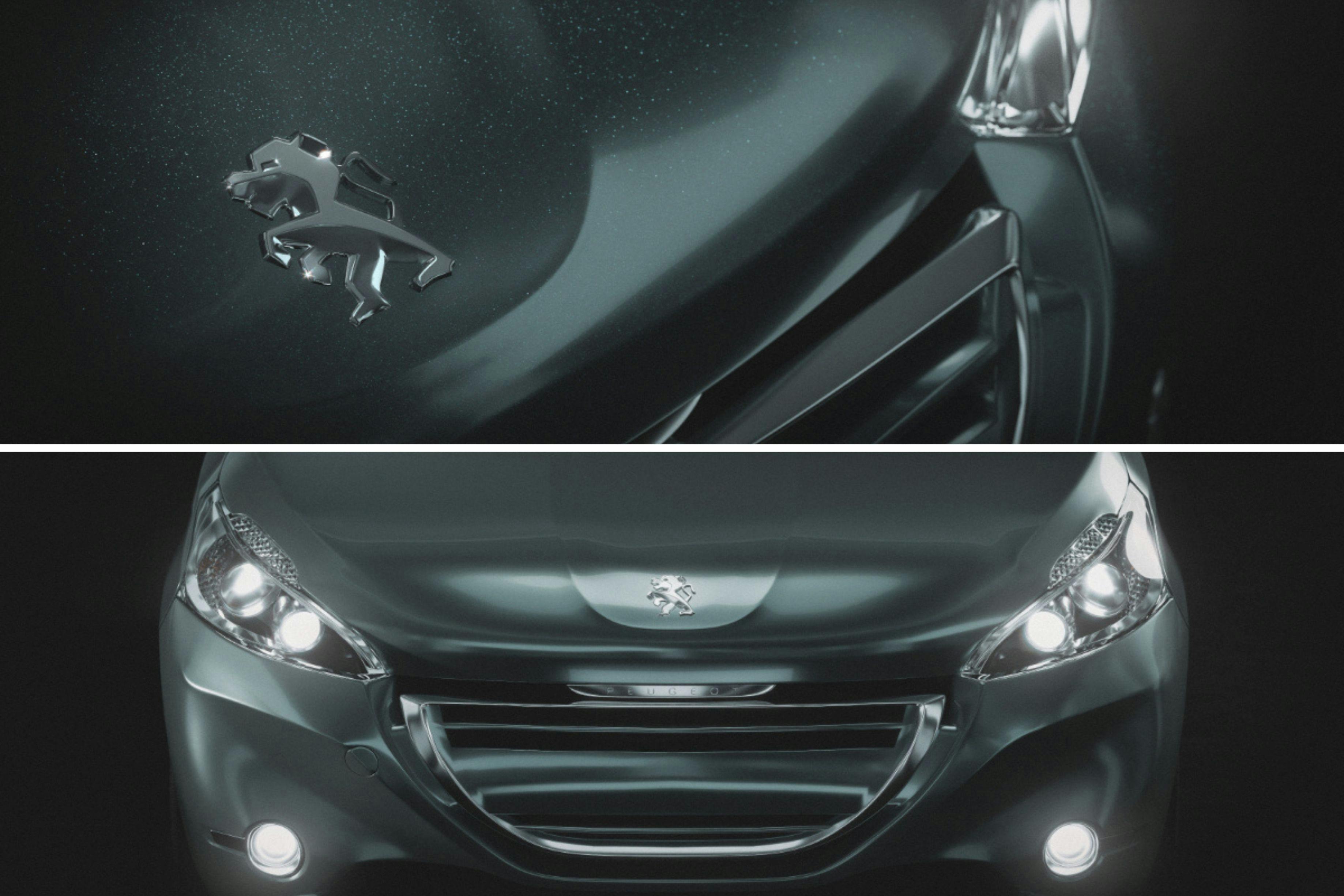The Evolution of Life: Car Logos Edition
Logos are fascinating.
Not only do they have the power to identify and embody an entire organisation through a single image, they also make a cracking quiz round!
All jokes aside, logos are everywhere. Take a second and look around you. How many do you see? Four, maybe five?
When it comes to the automotive industry, logos play a huge role in symbolising the ethos and history of a brand.
Car logos featuring animals are popular with manufacturers around the world. Can you hazard a guess at how many car manufacturers use an animal on their logo?
The answer is 56 (some fresh ammunition for your next Zoom quiz).
Inspired by this surprising stat and the recent trend of automotive industry logo rebranding, we thought it’d be cool to jump on the bandwagon and put our own creative spin on it.
These baby car logos turn back the clock on some of the world’s most recognised car logos, depicting a baby version of the animal they feature.
Does anybody else think these would look ace on a kid’s ride-on car?
If you're a fan of these car brands, be sure to compare car lease deals with Lease Fetcher - pick between personal lease and business lease deals.
Lamborghini

Widely regarded as one of the world’s most lavish car manufacturers, Lamborghini’s roots trace back to Italy, 1963.
Named after the company’s founder Ferrucio Lamborghini, the Lamborghini logo is shaped like a shield with a gold outline and black background. A golden bull appears inside the shield with the word ‘Lamborghini’ branded in gold above the bull.
Why the bull?
Well, alongside Ferruccio Lamborghini’s Zodiac being Taurus, it was common knowledge that the entrepreneur had a great fondness for bullfighting which is why the bull on the logo is in a battle stance.
A bull also typifies speed, power and prestige which aligns perfectly with the brand’s ethos, and apparently Ferrucio Lamborghini’s personal image.
Therefore, our baby Lamborghini logo is dedicated to a young Ferrucio.
Ferrari

The patriotic origins of the ‘Prancing Horse’ Ferrari logo have moulded a philosophy and culture dedicated to high performance and superiority.
The iconic symbol pays tribute to Italian First World War hero, Francesco Baracca, who was regarded as one of Italy’s greatest fighter pilots. He painted the prancing horse onto the fuselage of his fighter plane.
There are many theories why he did this. One theory indicates that he saw the emblem on a gunned down German fighter plane that had the Stuttgart coat of arms on it. This emblem later became the symbol of the Porsche company who were founded out of Stuttgart in 1931.
After meeting the parents of Baracca in 1923, Enzo Ferrari was asked to don the prancing stallion on his racing cars for good luck and boy, did it work.
Enzo added the yellow background to symbolise the colour of his hometown Modena, while the green, red and white stripes at the top of the logo represent the Italian national colours.
Ford Mustang

The Ford Mustang is a car synonymous with thrill and excitement, but it could have been a completely different story.
During the pre-launch stages, the car was actually called the ‘Cougar’ and donned a large cat sprinting on the grille.
After much deliberation on the name, Ford decided to stick their neck out by calling its new model the ‘Mustang’. A selection of other names were thrown into the mix such as Allegro, Torino and Avanti, but nothing encapsulates American muscle cars more than ‘the pony’.
The galloping horse logo was designed by Philip Thomas Clark, but the creation of the emblem took over a year as Ford were undecided on how they wanted the horse to look and what direction it should face. The Mustang was eventually sold to the public in 1965.
The silver Mustang emblem was designed to express a symbol of power and dynamism to reflect the brand’s values of speed, vigour and freedom.
Jaguar

Founded as the Swallow Sidecar Company in 1922, Jaguar originally set out as a manufacturer of sidecars for motorcycles until their partnership with Standard Motor Company in 1931.
The joint venture between the two companies was called “SS”, but as World War II soon followed, the SS brand was eradicated for obvious reasons. The company was renamed Jaguar and in 1945 the iconic “Leaper” emblem became the face of the brand.
Jaguars are incredibly elegant and graceful beasts with a hunger for power. The distinctive leaper emblem was created to visualise the core values of the company through its similarities with the charming beast.
Due to the rising number of thefts and compliance with safety regulations, the sentimental silver hood ornament was discontinued by Jaguar in 2005.
The circular emblem of the new roaring jaguar now dons the front and centre of the grille, but the leaping silver Jaguar lives on in the form of a silhouetted badge on the driver’s side and the rear of most vehicles.
Peugeot

Bringing a dose of French flair to the party is the long-standing Peugeot brand.
Their imposing lion symbol first appeared in 1847, which officially makes it the oldest car emblem in the world. Talk about brand continuity!
The idea of using a lion emblem was initially set out to symbolise the 3 characteristics of the Peugeot families’ prospering steel business; cutting speed, strong durability and jagged sharp teeth.
From 1948, the iconic logo began appearing on the bonnet of Peugeot cars, evolving through the years but still retaining the company’s core values of sharp design, an instinctive driving experience and unwavering loyalty.
The most recent Peugeot logo is a delicate blend of modern design on a timeless icon. The silver logo portrays reliability and trust, while the rampant lion symbolises courage and power.
Conclusion
We know these baby animal car logo renders might just be a bit of fun, but they may well be a hit with the younger generation!
These baby variations would be well placed on ride-on cars and toy car models, generating a good extra bit of income for the manufacturers at Christmas time.
Just a thought...

